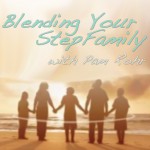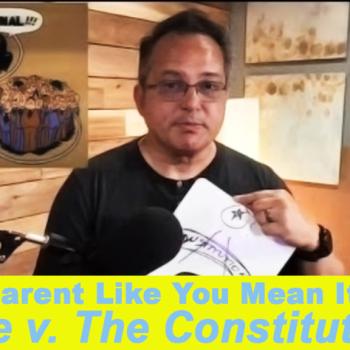To purchase the entire Summit Lecture Series, Vol. 1 on DVD, go to: summit.org
Truth is a matching between thought and reality.
To illustrate this, consider a podium and a ball-point pen. The podium exists and it has certain attributes. It’s brown. It’s rectangular. It’s four feet tall. It weighs 40 pounds. These are all attributes that are true about the podium. Not only that, but all these attributes are true independently of any other object.
Likewise, my pen has attributes: It’s black. It’s five inches long. It weighs two ounces. It’s shaped as a cylinder. Again, all attributes that are true regardless of any other truth or object.
But there are truths about each of these items that are not captured by their attributes. For instance, the fact that the podium is larger than the pen is not captured by the podium’s attributes. “Larger than” is not an attribute of the podium. “Larger than” is actually a relation between the podium and, in this case, the pen.
In order for “larger than” to apply to a situation, at least two items must be involved.
Truth is a relation, similar to “larger than”. It is a “matching” relation.
So what objects need to be present in order for truth to be involved? The answer is: Reality and Thought (or Belief).
Here’s an illustration:
If I had a thought that there was a clock in the room, that thought would be true if reality supported it. In other words, if reality matches the thought, then the thought would be true. Now notice, it’s not my belief alone that makes the “clock in the room” true. That would be Relativism. Contrarily, reality is what makes my thought true.
A thought could be true, and you could have absolutely no way of knowing that it’s true. Suppose everybody was born blind. And suppose that one man (let’s call him Joe) is walking about with a cane and God suddenly puts a thought in Joe’s mind that grass is green. Joe’s thought would be true, even though he would have absolutely no way of knowing that it was true or not. You see, despite his blindness and not being able to visually see the grass, his thought would still match reality and thus his thought of green grass would be true.
By the way, in case you’re interested, this is called the Correspondence Theory of Truth, and it’s the main theory that’s been held since the days of Aristotle and the Old Testament. It was pretty much the standard of defining truth up until the late 1800’s when other views sprouted up.
To defend this theory of truth, consider a bookstore.
If I order a book and the bookstore calls me to tell me that it has arrived and can be picked up, I then can go to the store and see that it is, in fact on the shelf waiting for me just as they said. At this moment, I have an experience with the book. My experience is “seeing the book”. I also have a second experience at that moment that’s very different from seeing the book. I also have the experience that my thought about the book being at the store is true. The object of this second experience is not the book, nor my thought about the book, but the matching relationship between my thought and the book.
JP will continue his discussion in Loving God with Your Mind next week.
For more engaging and encouraging videos and podcasts, visit the E-Squared Media Network at www.e2medianetwork.com












